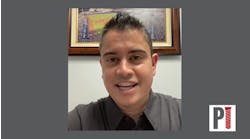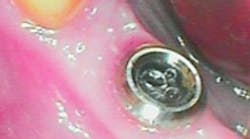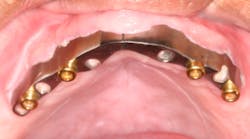A tale of two humanities: Hurricane Sandy, the aftermath
It can be the best of human nature, and it can be the worst of human nature. This is not a Charles Dickens novel; this is real life as I witnessed it on Long Island, New York. On the last week in October 2012, an unprecedented super-storm known as Hurricane Sandy pounded the northeastern coast. Sustained wind gusts of up to 90 miles per hour and torrential rain of six to 12 inches toppled tall, long-standing trees as if they were newly planted saplings.
A storm surge combined with high tide and a full moon inundated areas with furious floodwater, swallowing roads and houses as if a dam had broken. Many of us in the tri-state area — which includes New York, New Jersey, and Connecticut — lost power, had damage to our property, and/or lost most, if not all, of our possessions.
Unfortunately, loss of life was estimated to be more than 100 people. After the shock of the storm’s devastation wore off, many people were left to deal with the terrible realization of the aftermath that ensues. Removing dangerous debris — including downed power lines, gas lines, downed trees, and other free-standing units deemed structurally unfit — became first priority. Water damage then had to be dealt with, and as a general dentist who practices in Long Beach, N.Y., learned, this type of damage can completely ruin a house, or in his case, his dental office.
Gas shortages due to closed sea ports combined with the need for extra gas to run generators quickly followed, and soon most gas stations ran out of gasoline.
It was not uncommon to see mile-long lines at those stations that did receive a shipment of gas.
As I wrote this article, I was on my third hour of waiting in a gas line in order to fill my tank so I could get to the dental office the next day. As it turns out, the gas station ran out prior to my fill-up. Therefore, even if a dental office was left standing or not thoroughly damaged, gas shortages caused many patients to cancel their appointments as conservation of the precious petrol became a priority. As with any natural disaster, the evil face of humanity began to rear its ugly head. Some gas stations such as Screaming Steve’s in East Islip, N.Y., began to price gouge when it received a shipment of gas. This gas station had the audacity to charge $5.00 a gallon (cash only) to the gas-strapped customers.
In addition, career criminals were caught in Lindenhurst, N.Y., wearing Red Cross jackets and posing as relief workers, only to loot houses that happened to be unattended. Local hotels in my area began to charge unfortunate patrons five to 10 times their normal rate for a night’s stay.
At the same time, as Thomas Hobbes’ theory on the evil nature of man was playing out, there was also contrarian evidence of the altruistic and humanitarian side of people. The Lindenhurst Fire Department, championed by Robert Brandenberger, filled their fire hall with donated clothes, food, books, and other necessary supplies in order to distribute them to those ravaged by the storm.
Asked why he got involved in such an exhausting, formidable task, Brandenberger replied, “Why wouldn’t you want to do this? It’s the right thing to do; it’s as simple as that.”
The stories I have provided for you are eyewitness accounts that portray the dichotomous nature of society, and are just a small sample of what has transpired after the unfortunate natural disaster that just occurred in the Northeast. I hope and pray that by the time you read this, the “civil” can find its way back into the word civilization.
Author bio
Scott Froum, DDS, is a periodontist and co-editor of Surgical-Restorative Resource e-newsletter. He is a clinical associate professor at the New York University Dental School in the Department of Periodontology and Implantology. He is in private practice in New York City. You may contact him through his website at www.drscottfroum.com.
















